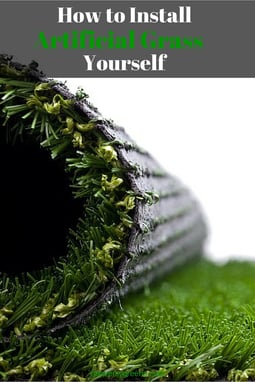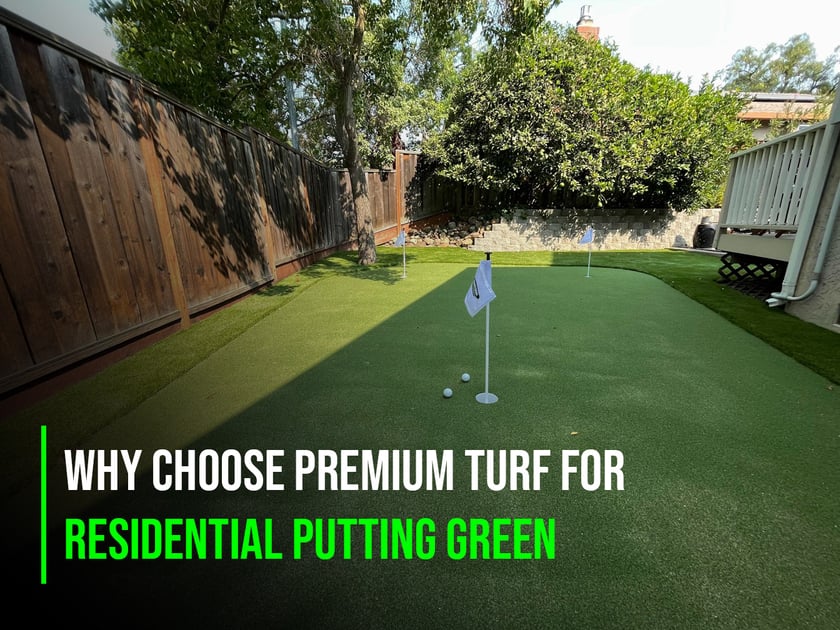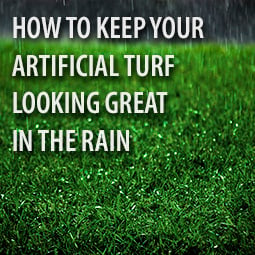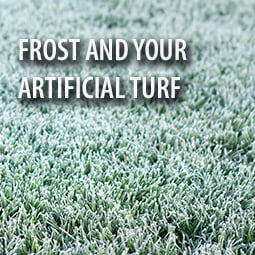 Artificial turf can increase the value of your home and improve its visual appeal. How it is installed can make a huge difference as to how it holds up during extreme weather conditions and high volumes of traffic. If you are planning to install artificial turf and have a larger than average lawn, it may be in your best interest to hire a professional landscaper to install the turf. A smaller lawn, however is more manageable and the work can be easily accomplished in just a few days if you have the right tools and the time you need to install the turf correctly.
Artificial turf can increase the value of your home and improve its visual appeal. How it is installed can make a huge difference as to how it holds up during extreme weather conditions and high volumes of traffic. If you are planning to install artificial turf and have a larger than average lawn, it may be in your best interest to hire a professional landscaper to install the turf. A smaller lawn, however is more manageable and the work can be easily accomplished in just a few days if you have the right tools and the time you need to install the turf correctly.
Removing the Sod and Grass
A sod cutter will help to remove both the sod and grass in uniform sections. The sections can easily be rolled up or cut into sections and disposed of or sold as needed. Sod cutters will cut sections that are between 2 and 3 inches deep, creating a uniform boundary and allowing you to remove the sections easily without making a huge mess. The sod can be removed by hand if the area is small enough, but it is a tedious process and will take you several hours to complete. As you remove the sod, you will be able to define the boundaries of the area where you want the artificial turf to be installed.
Leveling the Area
There are several ways to level the area. You can till the area and smooth it out with a rake, wet it down and rake it again. If the area is already fairly level, you can wet it down and rake it several times, repeating the process until all of the minor dips and valleys are filled in and the area is uniform and consistently smoothed over. Use a ground compactor to pack down the dirt after each cycle.
Adding a Cushion
It is important to add a cushion material. There are two reasons for adding cushion. First it helps with drainage and allows water to gradually be drawn away from the surface prevent it from accumulating in puddles and streams. Secondly, it gives the lawn a little bounce. The longer the artificial turf is in place, the harder the ground will be compacted. The cushion keeps the lawn from becoming overly hard and unyielding.
Installing the Turf
Once you have the cushion material added, you will need to add a thin layer of fabric. After the fabric has been cut and put in place, add a few small nails to keep the fabric in place. The fabric used is also known as a weed mat that will help to prevent weeds from making their way up through the artificial turf. After the fabric is in place and secured, you will need to install the artificial turf. If you have to create a seam, you will need to lay the two pieces a certain distance apart to make sure the lawn looks uniform. If the stitching between the blades of grass is ¼ of an inch the two pieces of turf should be laid ¼ of an inch a part. If the stitching is 3/8 of an inch a part, the seam should be 3/8 of an inch wide, and so on. This prevents the blades of grass from being crowded together and looking unnatural. After you have matched the seam, you can begin to secure the turf using lawn nails, adhesive or other types of fasteners that are approved for your particular brand of turf.
Adding the Infill
The infill is needed to help keep the blades of artificial turf from becoming matted down and also for cushion. Carefully add the infill (sand, crumb rubber, pea gravel or a combination) and use a power broom to disperse it evenly throughout the turf. Once the infill is in place, you can hose down the lawn to prevent any dust from kicking up.











